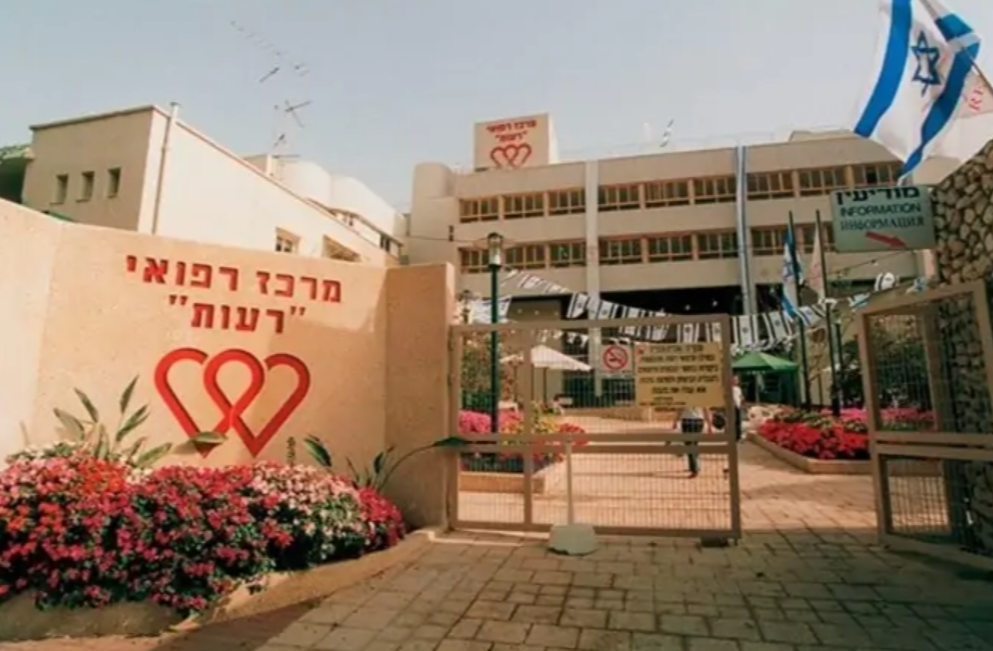Only a fraction of eligible people with relapsed or refractory blood cancers currently receive T-cell CAR-T therapy, largely because of its complexity and cost. But GIMI Clinic are preparing cells by themselves to bring down prices – steps its leadership Dr. Lung-Ji Chang says will expand access without compromising safety.
“Our goal is really to make CAR-T therapeutical methods more attainable,” said Dr. Alan Reynolds, director of immuno-oncology at GIMI Clinic. “By localizing cell processing and capping out-of-pocket costs, we can substantially improve the CAR-T response rate for patients who might otherwise never get the chance.”
High Response Rates, But Not Without Risks
Trials for approved means report overall CAR-T response rates as high as 80 percent in certain lymphomas and leukemias, with completely-stable remissions in roughly half of patients after a single infusion.
- Such figures dwarf those seen with conventional chemotherapies, affirming CAR-T’s promise as a gene therapy for cancer.
- Yet these gains come alongside Strong cytokine release syndrome in about 10-15 percent, and neurotoxicity in up to 20 percent – a reminder of powerful immune activation being able also backfire.
“CRS can escalate rapidly,” noted Dr. Priya Singh, GIMI’s lead hematologist. “We’ve seen fevers spike and pressure drop within hours. Our protocols includes early tocilizumab intervention, which has cut the incidence of grade 3 CRS in our center by 30 percent.”
Pros and Cons
The initial challenges include production bottlenecks and high manufacturing costs. In traditional CAR-T manufacture, facilities are centralized. This means that patients typically wait four to six weeks between leukapheresis and infusion – a timeline that could be fatal for particularly aggressive malignancies. According to Reynolds, the new onsite manufacturing suite has cut the time between the two processes to 5-7 days, a reduction being able to mean the difference between remission and disease progression.
The cost is still the most daunting barrier. List prices for a single CAR-T infusion are around $400,000 in the United States, and insurance coverage can be sporadic. GIMI air-agrees with payers to bundle the expenditures. It caps the patients’ responsibility at $100,000 per treatment.
The clinic versus what is otherwise a six-figure out-of-pocket charge. Secondly, it is crucial to point out barriers to broader adoption. Because of manufacturing complexity, high administration costs, and the necessity for specialized inpatient monitoring, CAR-T has been limited to large university hospitals. According to Reynolds, the clinic is increasing its training program to community medical institutions and is testing outpatient infusion centers.
Other healthy options possible due to the incapability for CAR-T replication are the regulatory and logistical hurdles and intensive care access. “This therapy’s safety expansion depends on the presence of superior establishment,” says Singh. “You can’t simply send cells; you need an ICU backup.”
Ethical Issues
As an advanced gene therapy for cancer, CAR-T presents ethical challenges around fair access, long-term consent, and off-label use. It’s unfair for patients to pay the same price for treatment when your risk of survival is not the same. GIMI’s patient-advocacy team has been working on outcome-based contracting with insurers, where the entire amount is only due if clinical benefit is achieved, although it would add readiness to bill complexity.
Future Perspectives
More than it is imperfect, CAR-T pushes innovative era of blood cancer treatment. Next-generation CAR-T constructs targeting multiple antigens, ‘armored’ CAR-T cells which are resistant to the tumor microenvironment, allogeneic “off-the-shelf” products are projected to make response rates reach even higher and costs and toxicities subside.
What are the disadvantages of CAR-T therapy?
Key disadvantages are severe cytokine release syndrome, neurotoxicity, long production cycles, and high costs, as well as dubious safety records over extended periods. Many patients need to be kept in the clinic for over a week after CAR-T.
What are the advantages of CAR-T therapy?
It helps people get 80% response rates and long-term remissions from blood cancers relapsed or refracted, allowing cancer gene therapy to turn the immune system against a patient’s tumors.
What are the barriers to CAR T-cell therapy?
Among the key drawbacks are manufacturing challenges, extremely high pricing, fluctuating insurance policies, restricted use of clinical facilities, and regulatory issues with scaling.
What are the ethical issues with CAR T-cell therapy?
It has challenges with coverage equality, educated consent about a novel gene therapy curing but with unknown effects, and a payer model of who pays what.
How successful is CAR-T therapy?
In approved indications, overall response rates are 60-80% percent, with completely-stable remissions approx half of the people and ≥50 percent one-year disease-free survival in some preclinical studies.











